Mixed Reality Lens
2014-2019
Problem
• Overlooked Market: Existing mixed reality glasses served only the 33% of adults without prescription needs, leaving millions without access to this technology. Users faced a choice between wearing bulky mixed reality glasses over their prescription lenses, switching to contact lenses, or missing out on the technology entirely—resulting in discomfort, poor visual quality, and low adoption.
• Retailer Constraints: Eyewear retailers were interested in expanding into the mixed reality market but were constrained by the need to maintain their proven manufacturing processes. They needed a solution that integrated seamlessly with their existing systems without requiring new equipment, materials, or extensive retraining.
Insight
• Recognizing the Opportunity: The eyewear industry relies on standardized lens blanks, which are processed using well-established methods. By adapting our mixed reality optics to fit these standard blanks, we could integrate into existing workflows, providing retailers with a low-risk path to mixed reality adoption.
• Discovery Process: Through factory tours, retailer visits, and customer interviews, I uncovered an ideal overlap: mixed reality lenses, like bifocals and progressives, required precise placement of optics relative to the eye and the ability to display text at a perceived fixed distance. Aligning with these established processes wasn’t just possible—it was strategic, ensuring our solution met user needs while fitting seamlessly into current manufacturing practices.
Solution
• Turnkey Precision Casting: Partnered with two leading prescription lens manufacturers to develop a multi-step casting process. The mixed reality optics were cast in place, then overcasted as a flyway part, creating a final lens blank ready for prescription integration and distribution.
• Effortless Integration: Our lens blanks were designed using conventional materials and standard diameters, allowing them to be processed using familiar techniques. This ensured that eyewear retailers could adopt our technology without disrupting their current operations.
Impact
• Ready for Market: Our mixed reality lens blanks provided a turnkey solution, enabling eyewear retailers to add mixed reality technology to their offerings without significant investment or operational changes.
• Enhanced User Experience: Users could finally access mixed reality technology in a form that maintained comfort and optical clarity, integrated directly into their everyday eyewear.
• Industry Advantage: By aligning with the industry’s established manufacturing practices, we positioned our solution as the first to seamlessly merge mixed reality capabilities with prescription lenses, opening new opportunities in the wearable tech market.





